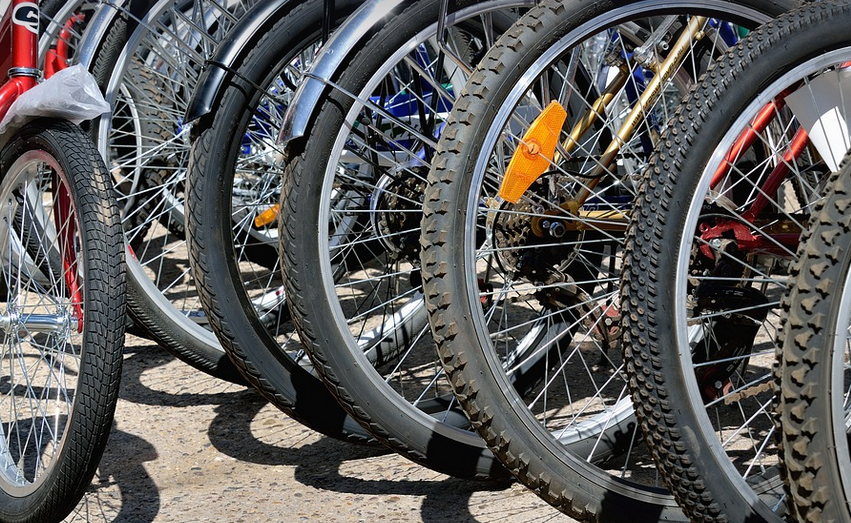What is a Distribution Box for a Septic System?
A distribution box, also known as a septic tank manifold or main box, plays a crucial role in your septic system’s overall functionality. Imagine it as the heart of your plumbing system – it directs wastewater from your home to the septic tank and ensures efficient processing.
This unassuming box is usually located near your house’s foundation or buried underground. Inside, you’ll find a network of pipes that connect different parts of the system: the main sewer line, the drain field, and potentially other components like an ejector pump. The distribution box serves as a central hub for these connections, promoting organized wastewater flow throughout the system.
The key purpose of this box is to ensure smooth wastewater handling. It acts as a valve system and allows you to control how much water goes into each part of the septic tank and drain field. This helps prevent any sort of overflow or clogging, ensuring your system operates efficiently and effectively.
How Does a Distribution Box Work?
Understanding the inner workings of a distribution box can help you appreciate its critical role in your septic system’s operation.
The process begins with wastewater generated by sinks, showers, toilets, etc., being channeled through your home’s plumbing system and into the main sewer line. As this wastewater enters the main sewer line, it travels to the distribution box. This box, usually made from durable materials like concrete or steel, houses several pipes.
These pipes are strategically connected to various components of the septic system: the main drainfield, which filters and treats the waste; the waste tank itself, which stores the wastewater until it’s ready for treatment; and possibly even an ejector pump, if your system uses one. The distribution box acts as a control center, directing wastewater into these respective sections.
The pipes within the box are designed to be flexible and can withstand the pressure of wastewater. This ensures that the entire system functions smoothly and efficiently. Furthermore, some distribution boxes use specialized valves, allowing you to adjust water flow precisely at specific points within the system, ensuring optimal waste treatment.
Why Is a Distribution Box Important?
A properly functioning distribution box is essential for maintaining a healthy septic system. Here’s why:
**Efficient Wastewater Handling:** The distribution box ensures that wastewater flows smoothly and efficiently through the different components of your septic system, preventing backflow or clogging. This allows the septic tank to function optimally, ensuring proper treatment and eventual decomposition of waste.
**Preventing System Blockage:** By controlling the flow of water within the system, a distribution box helps prevent blockages in the drain field. This ensures that wastewater reaches the drain field properly, avoiding costly repairs or replacements.
Maintenance Tips for your Distribution Box
Just like any other component of your septic system, your distribution box requires regular maintenance to ensure optimal performance:
**Regular Inspection:** It’s crucial to visually inspect your distribution box at least once a year. Look out for signs of damage, corrosion, or clogging. Note any unusual smells or sounds coming from the box. These observations can help you identify potential issues before they escalate.
**Cleaning and Maintenance:** Periodically clean the area around your distribution box to remove debris and leaves that might accumulate. This will prevent blockages in the system’s flow of wastewater, ultimately keeping it functioning smoothly and efficiently.
When to Call a Professional
While basic maintenance tasks can be done by yourself, some situations may warrant professional assistance:
**Unusual Odors:** Strong or foul odors coming from your distribution box could signify potential leaks, blockages, or other underlying issues that require expert attention.
Protecting Your Distribution Box for the Long Term
Understanding how to care for your distribution box is a crucial step towards ensuring its longevity and preventing unnecessary repairs:
**Regular Inspections:** This can help you identify potential problems before they become more severe, such as corrosion or leaks.
**Proper Drainage:** Ensure that the area around your distribution box drains properly to prevent water from pooling or accumulating in the vicinity, which could ultimately damage the box and hinder its performance.
Conclusion: A Vital Part of Your Septic System
The distribution box is a crucial component of your septic system, serving as a vital link between your home’s plumbing system and the tank that processes waste. Maintaining it regularly ensures proper wastewater handling and prevents costly repairs down the line. Understanding the role this box plays in your septic system can help you appreciate its importance and take care to ensure its longevity.
